Latest
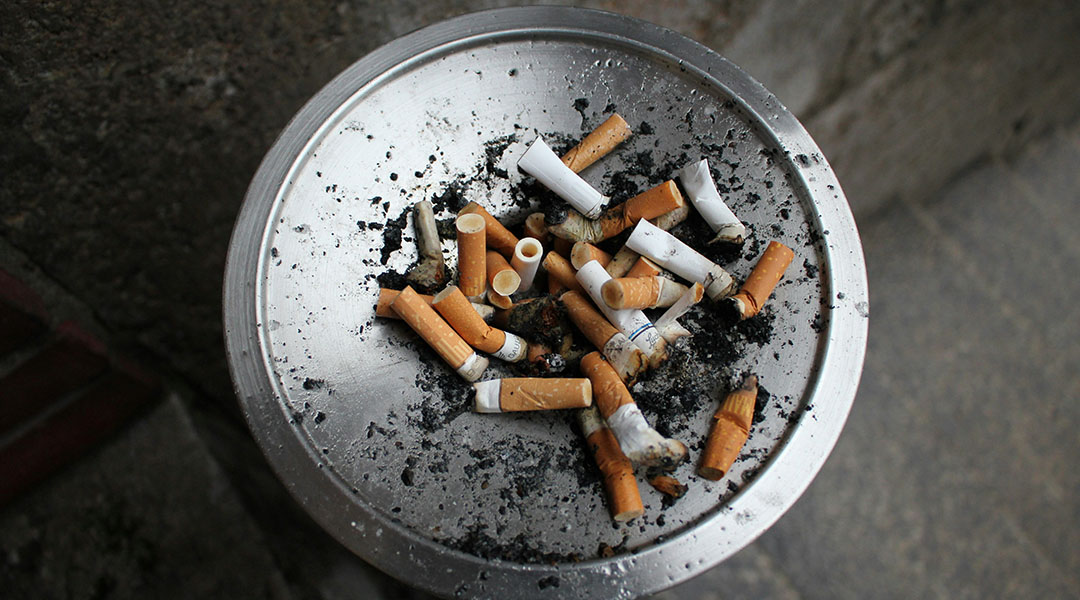
Parkinson’s drug helps alleviate nicotine withdrawal symptoms
Researchers discover that a Parkinson’s drug, procyclidine, can reduce physical nicotine withdrawal symptoms, such as tremors and immobility.

Scientists report airborne bacteria found in garbage may age our blood vessels
Pathogenic bioaerosols detected at household garbage collection sites may contribute to vascular aging with high chronic exposure.

Autonomous robot swarms come together to perform a variety of missions
Researchers have developed an optimization program to design the behavior of small e-puck robots to allow them to work in unison.
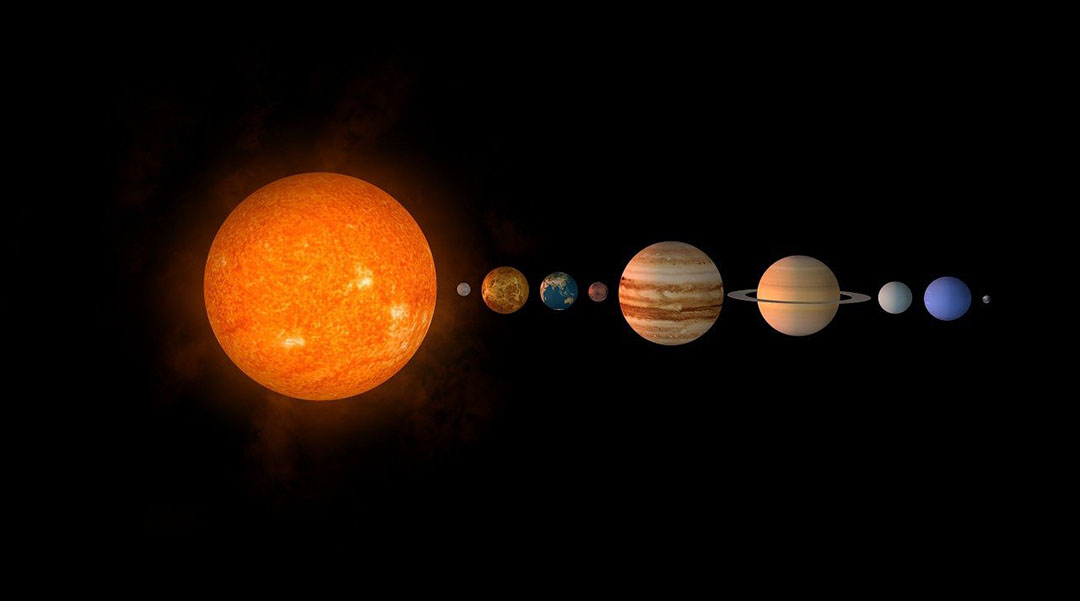
Samples recovered from Ryugu asteroid reveal how our solar system formed
An ancient magnetic field drew matter inward and helped form our solar system’s planets, moons, and asteroids.

Liver protein linked to weight loss during intermittent fasting
The protein helps convert white fat tissue into calorie-burning beige fat, providing a potential target for weight loss and obesity treatments.
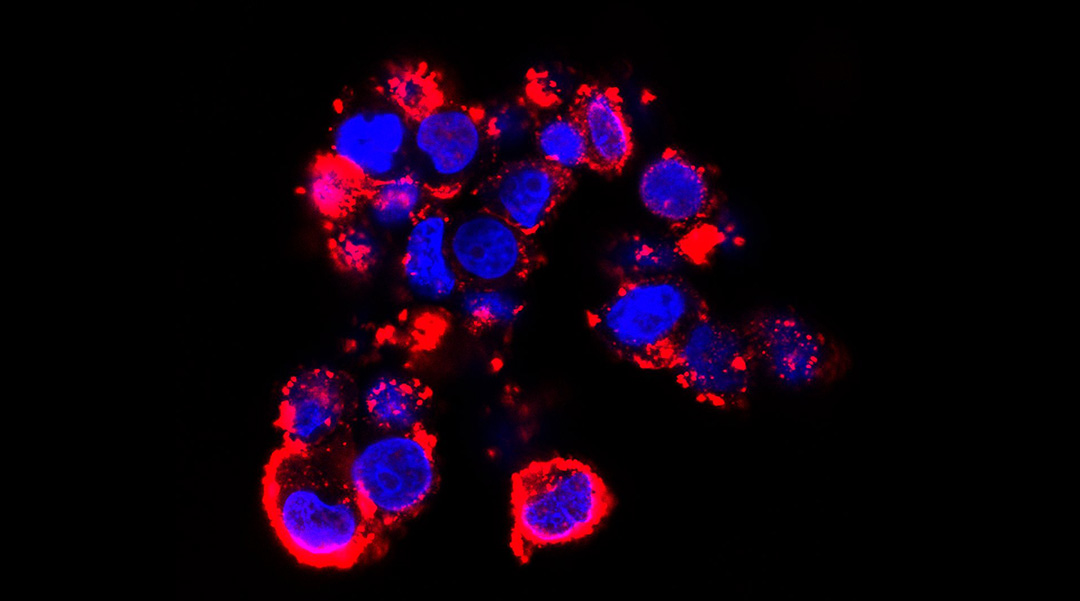
Nanoparticles deliver gene therapy to hard-to-reach brain tumors
Nanoparticles deliver anti-cancer drugs in hard-to-reach brain tumors prevalent in children, boosting both diagnosis and treatment.
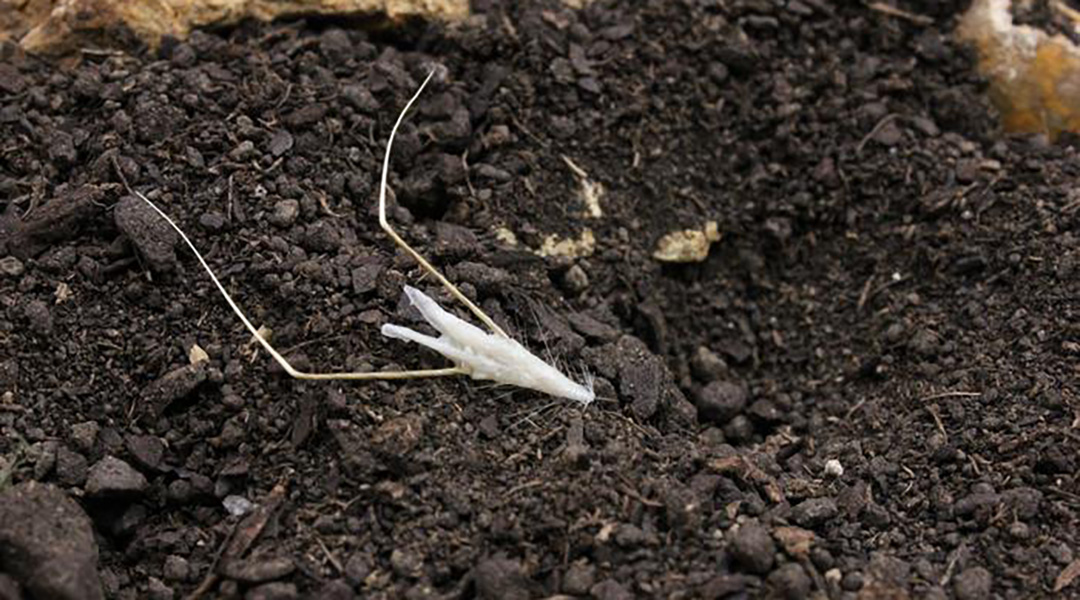
These plant-based robots will help with reforestation
A biohybrid robot made from oats moves in response to humidity and is being tested as a biodegradable vector for reforestation efforts.
ASN Weekly
Sign up for our weekly newsletter and receive the latest science news directly to your inbox.
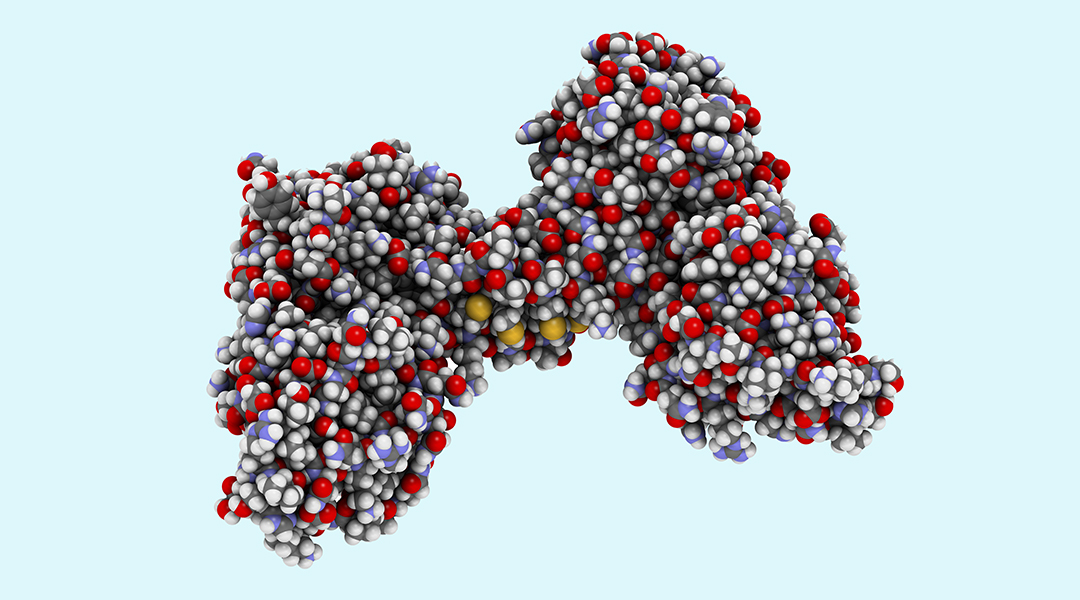
Making progress with a gene therapy for muscular dystrophy
Important findings from an animal study have prompted the exploration of a gene therapy for Duchenne muscular dystrophy in an ongoing human trial.

Trade-offs to rebalancing our unbalanced Earth
Though important, there are trade-offs to achieving the UN’s sustainable development goals when it comes to carbon capture and utilization.
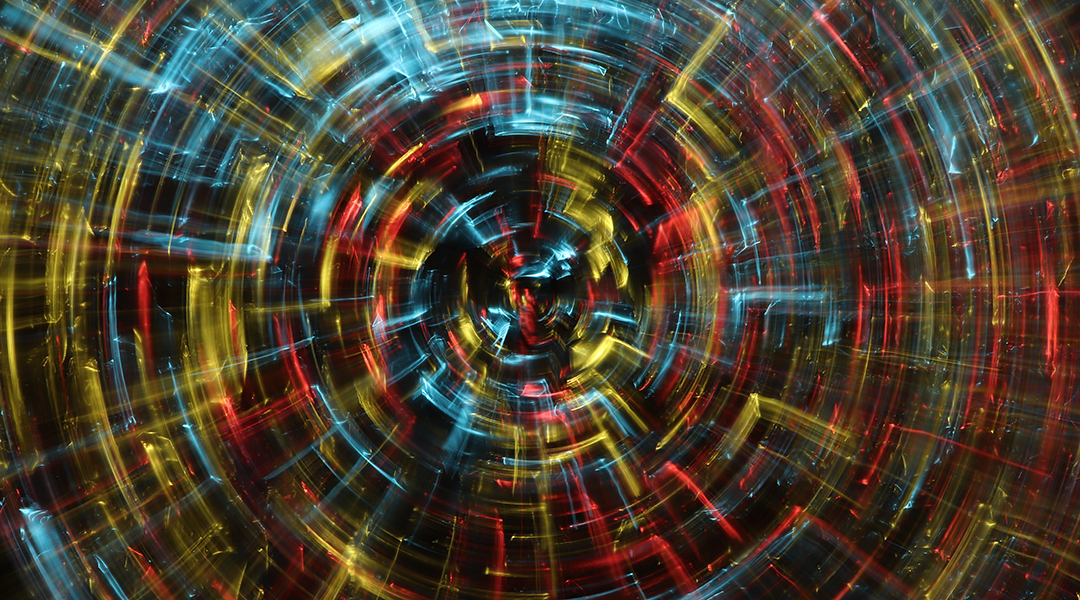
Delving into the structures of protons using heavy quarks
Experiments performed using CERN’s the Large Hadron Collider provide insights into the particles that make up protons and their interactions.

How accurate are our models of rotating neutron stars?
Comparing algorithms used to model spinning neutron stars, scientists hope to better understand the physics of the elementary particles that make them up.
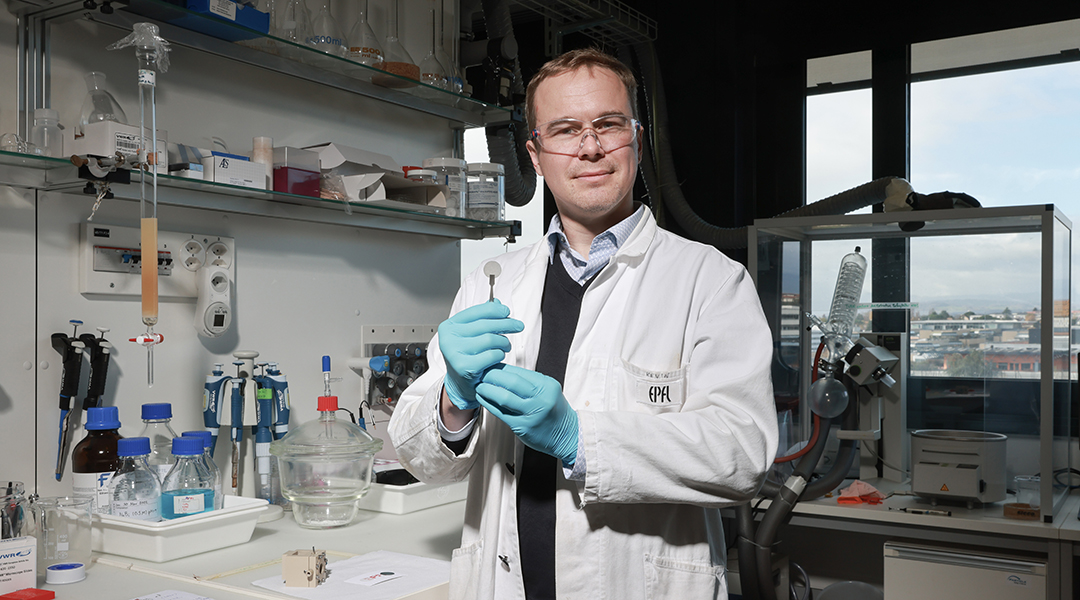
Artificial leaf makes renewable solar fuels from thin air
Taking inspiration from plants, researchers demonstrate a proof-of-concept device that extracts hydrogen fuel from humidity using sunlight.

Can Dincer: “As a scientist, I love to be free”
Microsystems engineer Can Dincer builds disposable devices to enable personalized medicine.
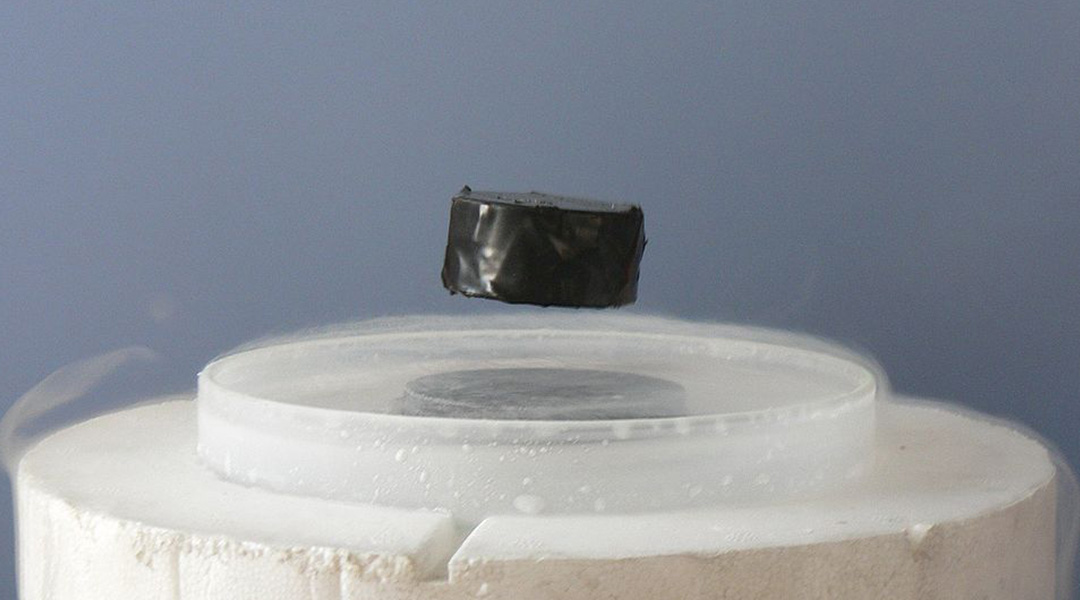
The materials science behind the reported room temperature superconductor
There’s a fascinating link between the structure of bone and LK-99
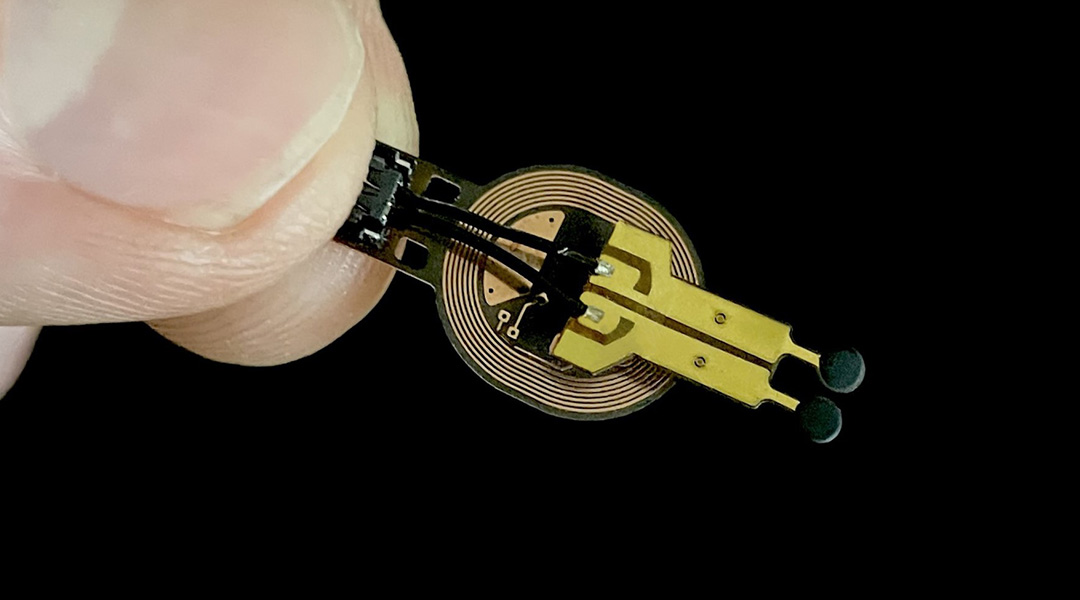
Predicting wound healing with a wound-integrated miniaturized sensor
Scientists develop a sensor that predicts wound healing rate with more than 70% accuracy.
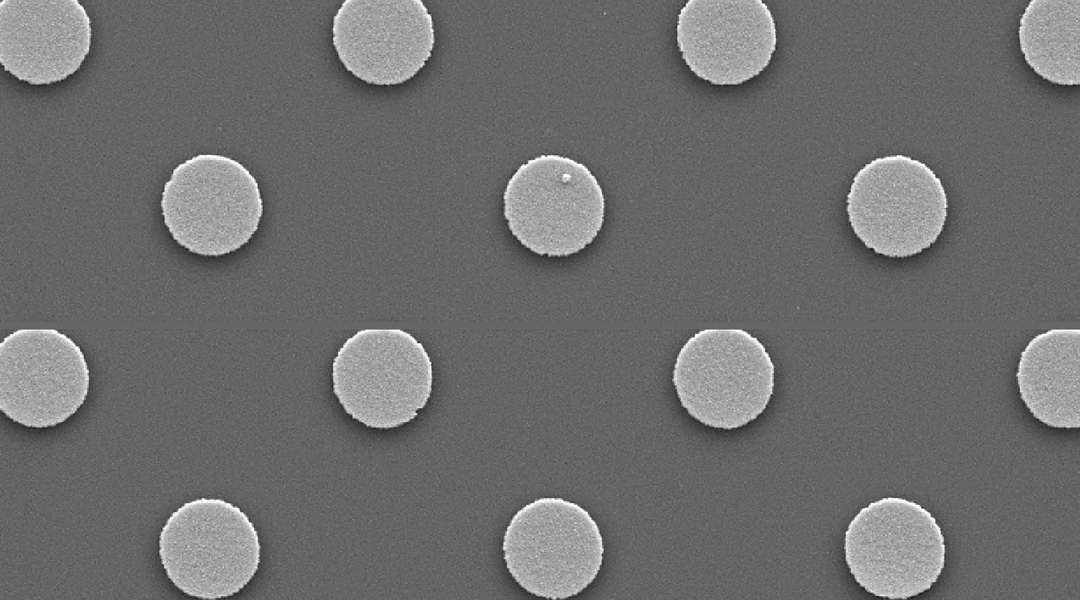
Artificial muscle noninvasively promotes insulin production
A membrane embedded with magnetic microdisks mechanically stimulates pancreatic cells to produce insulin, which could help treat diabetes.
No Results Found
The page you requested could not be found. Try refining your search, or use the navigation above to locate the post.
No Results Found
The page you requested could not be found. Try refining your search, or use the navigation above to locate the post.
No Results Found
The page you requested could not be found. Try refining your search, or use the navigation above to locate the post.
No Results Found
The page you requested could not be found. Try refining your search, or use the navigation above to locate the post.
No Results Found
The page you requested could not be found. Try refining your search, or use the navigation above to locate the post.
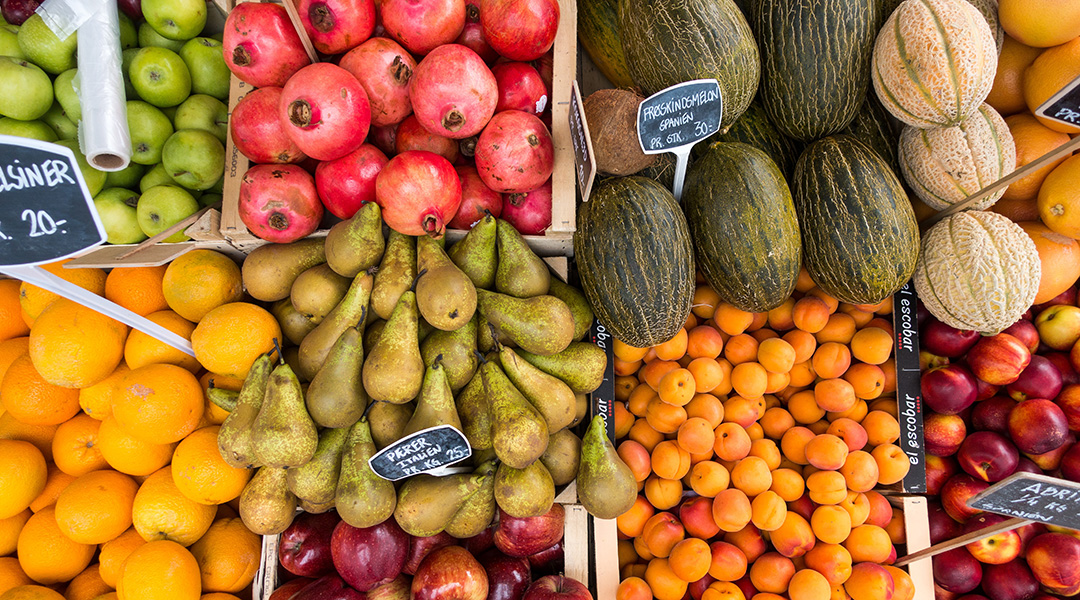
Nuances of intermittent fasting and its effect on healthy lifespan
A neuroscientist and intermittent fasting expert weighs in on the potential health benefits of this diet that may go beyond just weight loss.
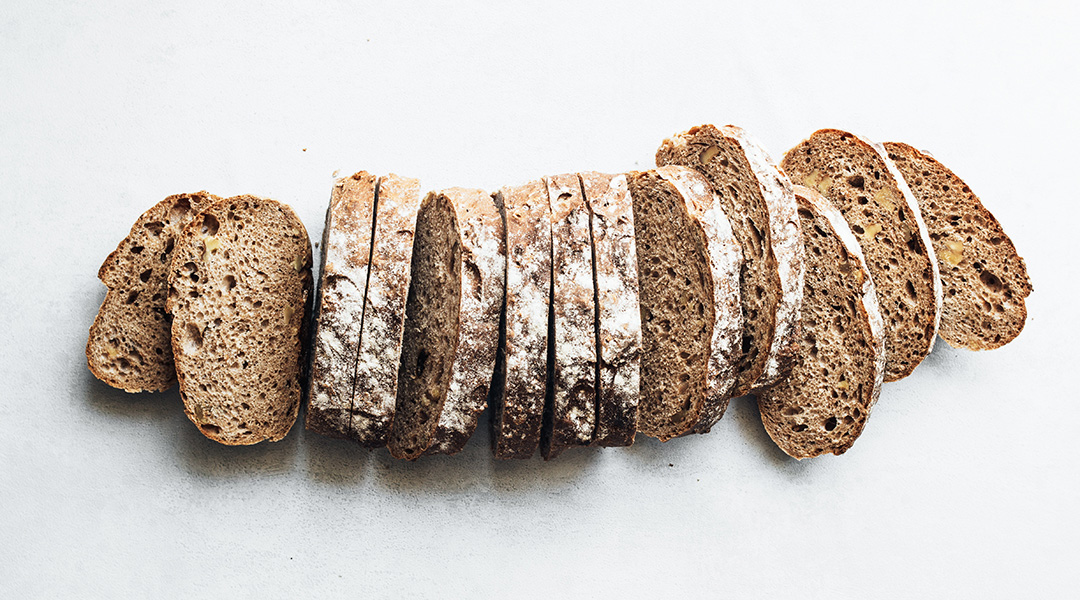
How expectations influence symptoms of gluten sensitivity
The nocebo effect appears to play a role in gluten sensitivity, indicating the brain’s possible involvement in the condition.
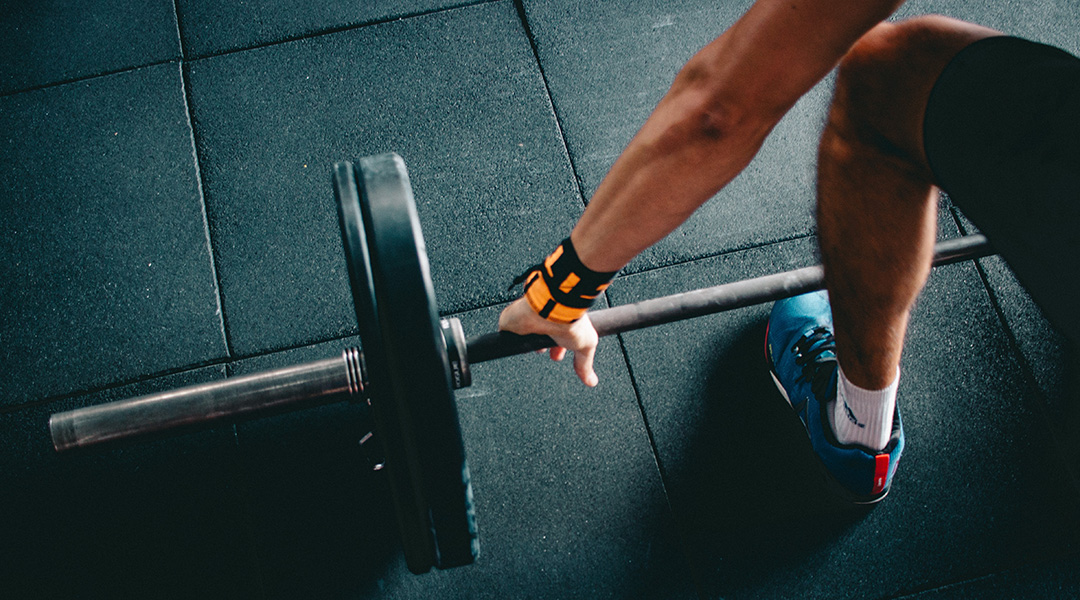
Fitness trackers powered by sweat
The generator harnesses energy from water and is built with a fiberform material derived from the straps of disposable medical masks.

Electrified microneedles get vaccine across the skin for cancer immunotherapy
Microneedle skin patches combined with a safe electrical current help antigens cross the skin to trigger an immune response against tumors.
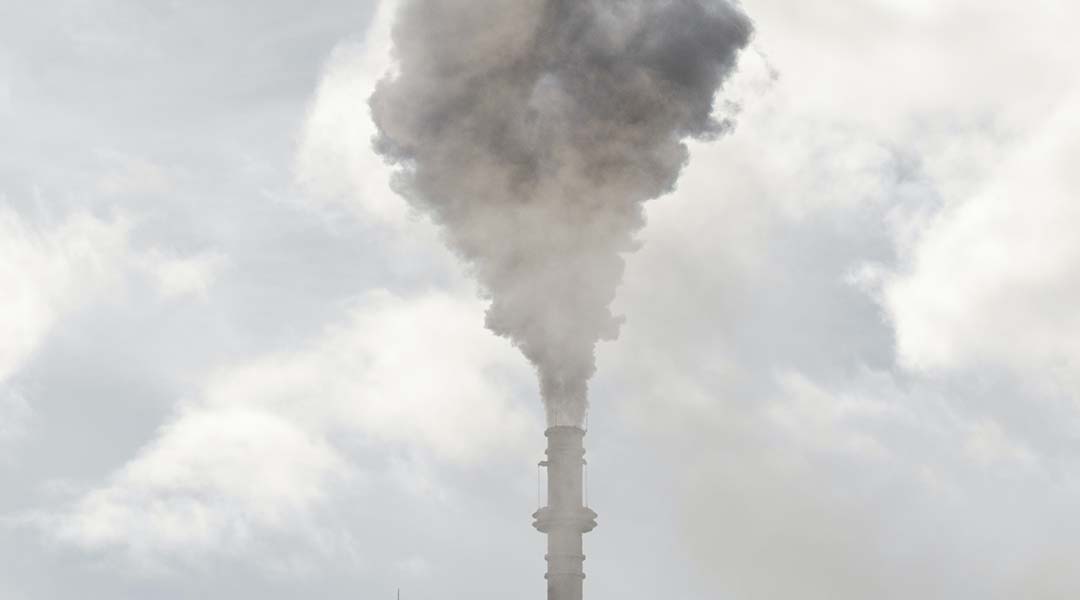
Carbon capture using biomass offers new hope in reducing emissions
A renewable, carbon-based absorbent is challenging MOFs in carbon capture technology, offering sustainable solutions for emissions reduction.

Spinning sound waves that move matter
Using a specialized design approach, scientists create acoustic waves that behave as twisted, ultrasonic motors capable of rotating particles in space.
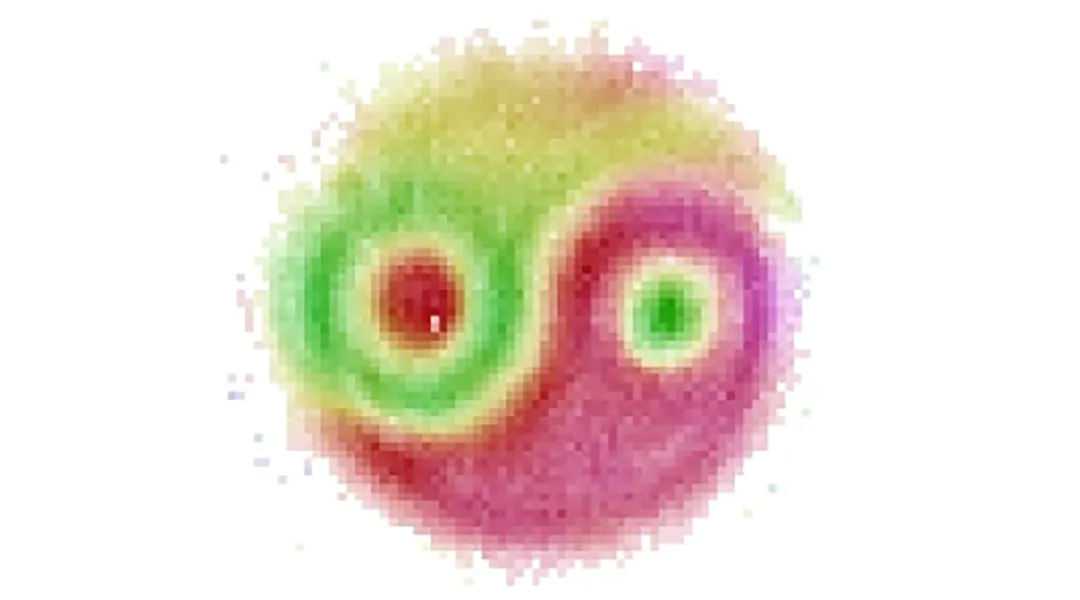
Quantum entanglement visualized for the first time ever
The mysterious phenomenon that Einstein once described as “spooky action at a distance” was seen as a wavefunction between two entangled photons.
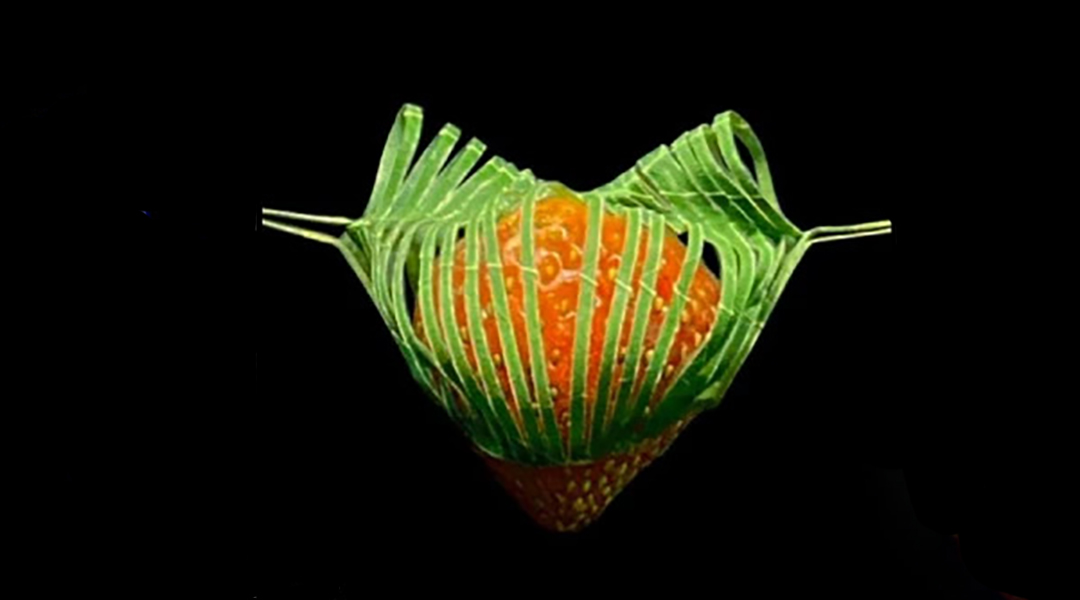
Kirigami-inspired gripper handles drops of water
A kirigami-inspired gripper that can pick up water droplets, microfibers 40 times thinner than a human hair, and objects 16,000 times its own weight.
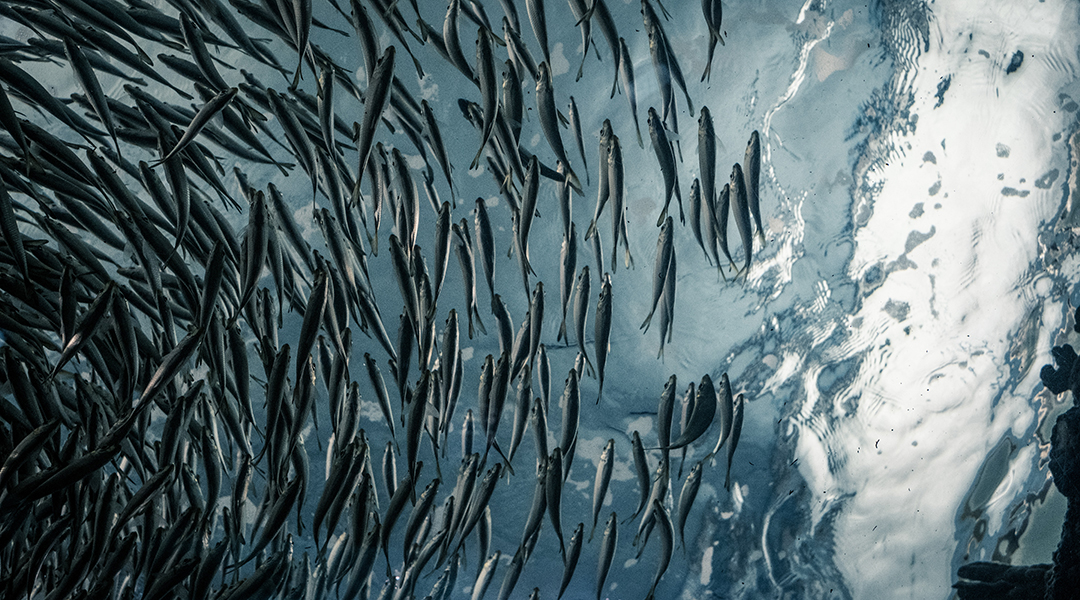
Fish assess misinformation to avoid overreaction
Fish adjust their sensitivity to the actions of others, such reacting to false alarms, to reduce the risk of responding to misinformation.

Blue-green algae bind rare earth elements
Biosorption could help in the recycling and reuse of rare earth elements.
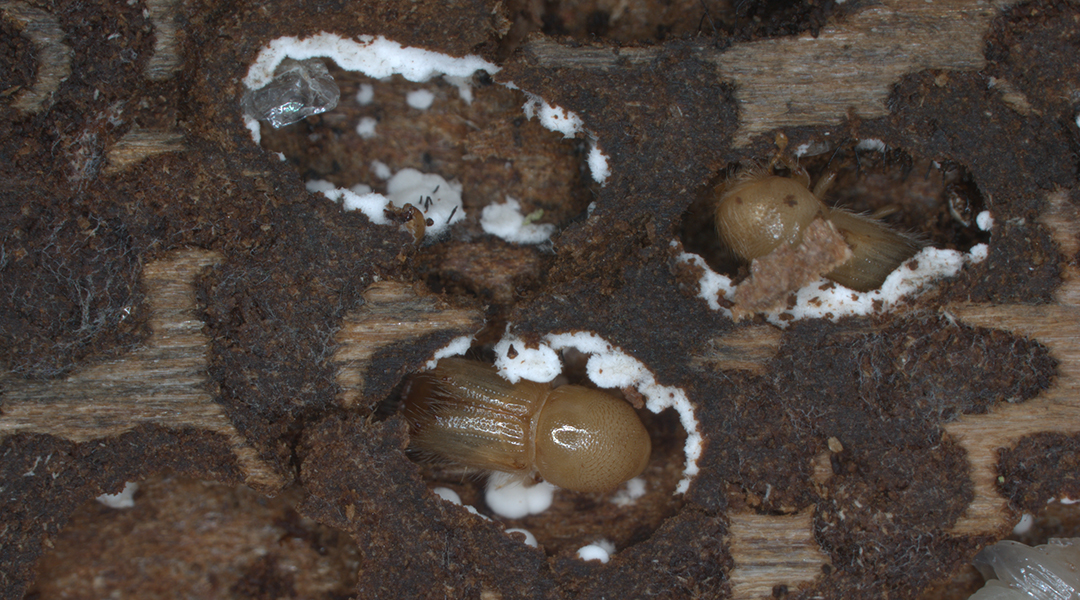
Bark beetles and fungi: A lethal chemical alliance
New study clarifies symbiotic link between bark beetles and fungi in the destruction of coniferous forests.
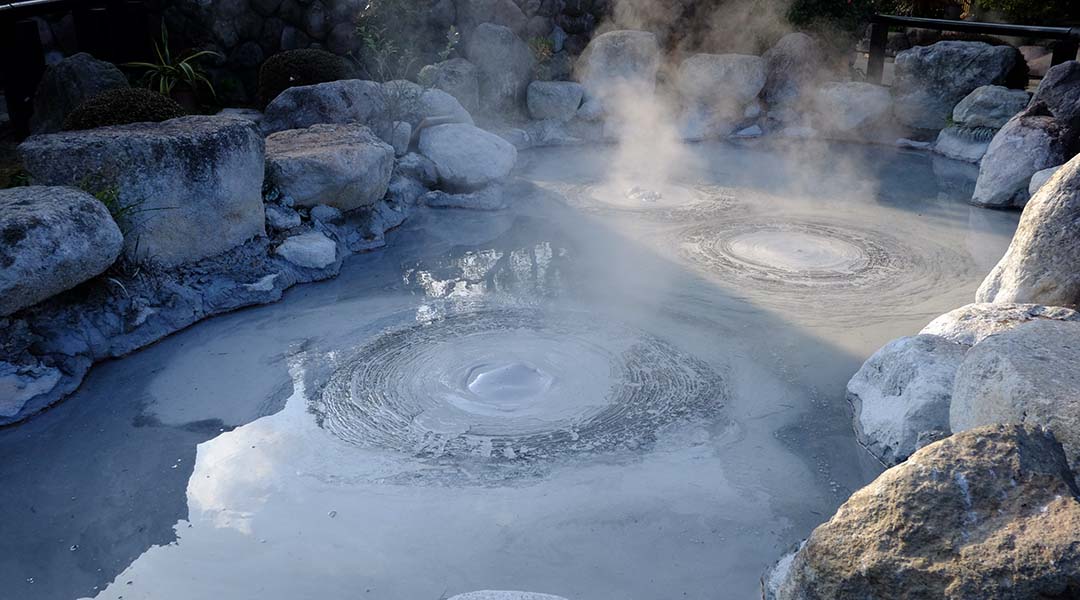
Uncovering hidden reserves of natural hydrogen
Recent discoveries have unearthed a bonanza of natural hydrogen in significantly larger quantities than was previously thought possible.
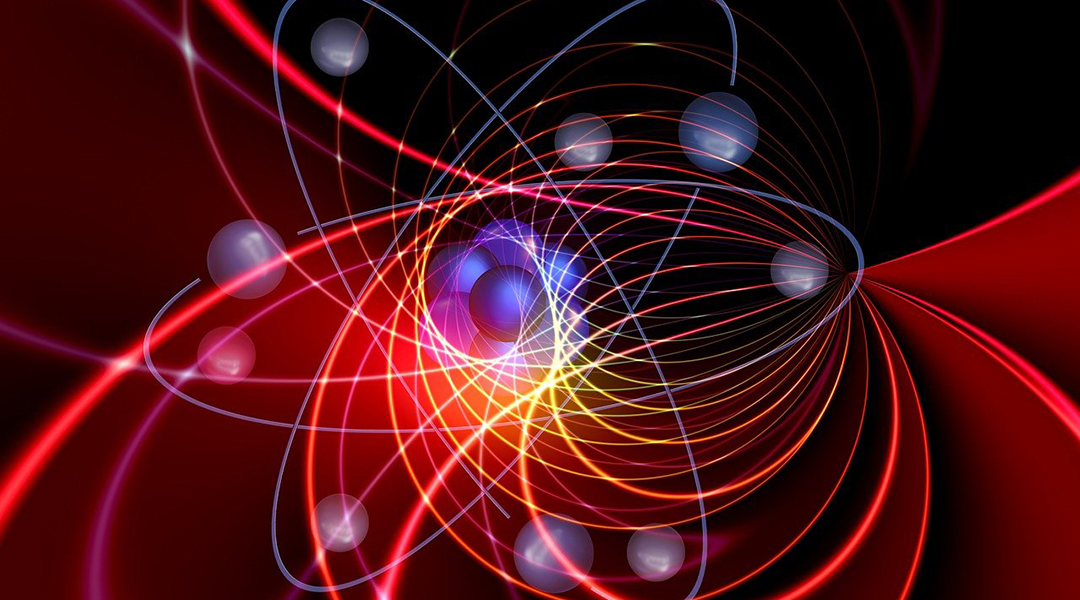
Scientists detect the X-ray signature of a single atom
A new technique can detect the X-ray signature of an individual atom, even determining the structure of its electron orbits.
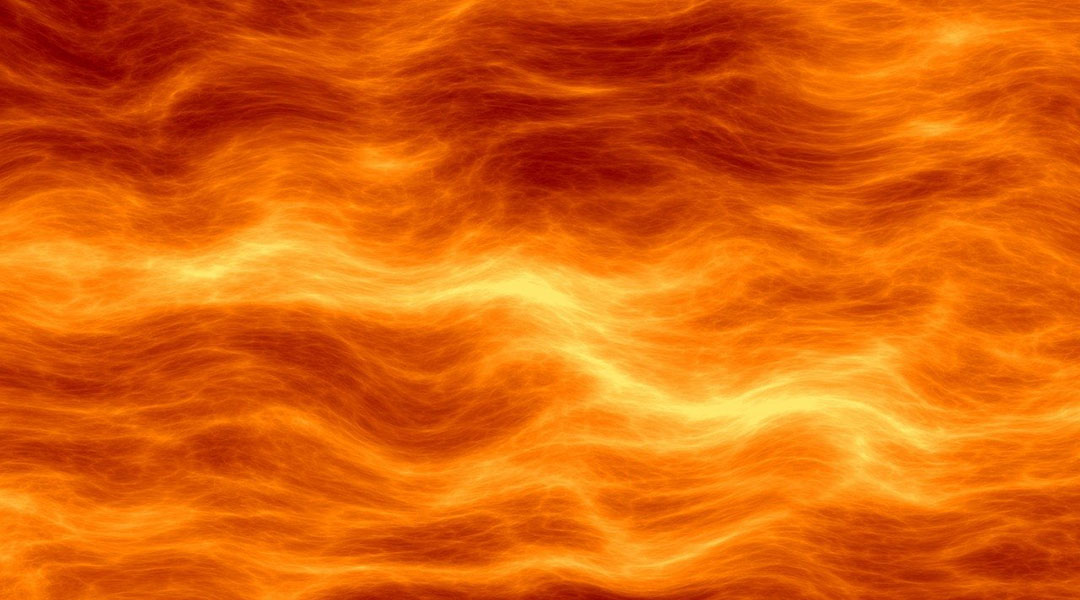
Scientists achieve 100 million degrees Kelvin with new compact fusion reactor
The most compact nuclear fusion reactor built to date could provide a more affordable and sustainable means of future fusion energy.
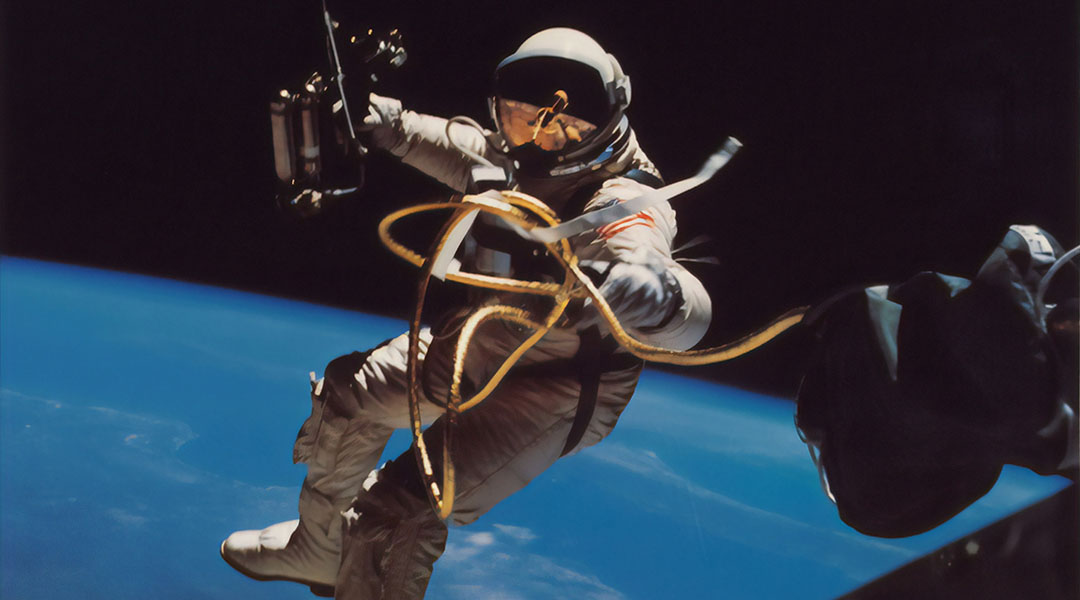
How bioinks could help astronauts survive long space missions
Scientists are exploring how to store and transport ready-to-use bioink cartridges to treat injuries on the International Space Station.
Galactic clusters may be key to testing competing theories of dark matter and dark energy
Scientists propose a modified cosmological model that challenges the existence of dark matter and dark energy.



